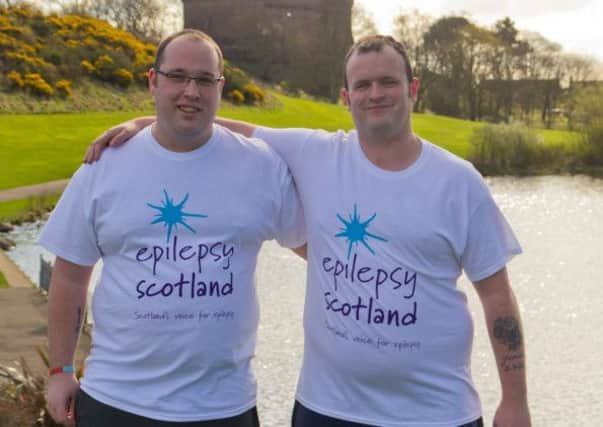Experts tackle epilepsy with football-style plan


The breakthrough by British scientists was described by the team leader as, “a bit like trying to tackle a rival football team”, in the need to gain an overall picture rather than concentrate on one “player” or gene.
The team have identified one gene which acts as a major regulator of a network of genes that are highly active in people who have epileptic seizures.
Advertisement
Hide AdAdvertisement
Hide AdResearchers said their findings offered hope that new disease-modifying therapies can be developed to treat epilepsy`.
The discovery has been welcomed by epilepsy groups in Scotland.
The experts from Imperial College London behind the latest study found that a single gene co-ordinates the network of around 400 others.
Their study, published in the journal Nature Communications, is the first to apply a new “systems genetics” approach to epilepsy.
Instead of studying individual genes, which has been the usual approach in epilepsy until now, the scientists developed new techniques to systematically analyse the activity of genes.
It is known that epilepsy has a strong genetic component, but the risk is related to several factors spread over hundreds of genes. Identifying how these genes are co-ordinated in the brain is important in the search for new anti-epilepsy medication. The researchers studied samples of brain tissue removed from patients during neurosurgery for epilepsy. They identified a gene network that was highly active in the brain of these patients.
They then discovered that an unconnected gene, Sestrin 3 (SESN3), acts as a major regulator of this epileptic gene network.
It is the first time SESN3 has been implicated in epilepsy.
Advertisement
Hide AdAdvertisement
Hide AdStudy co-senior author Dr Enrico Petretto, of Imperial College, said: “Systems genetics allows us to understand how multiple genes work together, which is far more effective than looking at the effect of a gene in isolation.
“It’s a bit like trying to tackle a rival football team. If you want to stop the team from playing well, you can’t just target an individual player – you first need to understand how the team plays together and their strategy.”
He added: “After understanding how the team plays together, a possible approach to beating a strong side is then to identify a major control point – say the captain or the coach – who co-ordinates the players. This is like our ‘master regulator gene’, which in this case is SESN3.”
Shirley Maxwell, executive director of Epilepsy Connections, a Glasgow-headquartered charity offering advice and support to sufferers and their families, said: “We’re excited about this breakthrough that may, in the long term, offer hope of a cure for epilepsy, which affects around 54,000 people in Scotland.”
FOLLOW US
-----------------------------------------
-----------------------------------------
SCOTSMAN TABLET AND MOBILE APPS